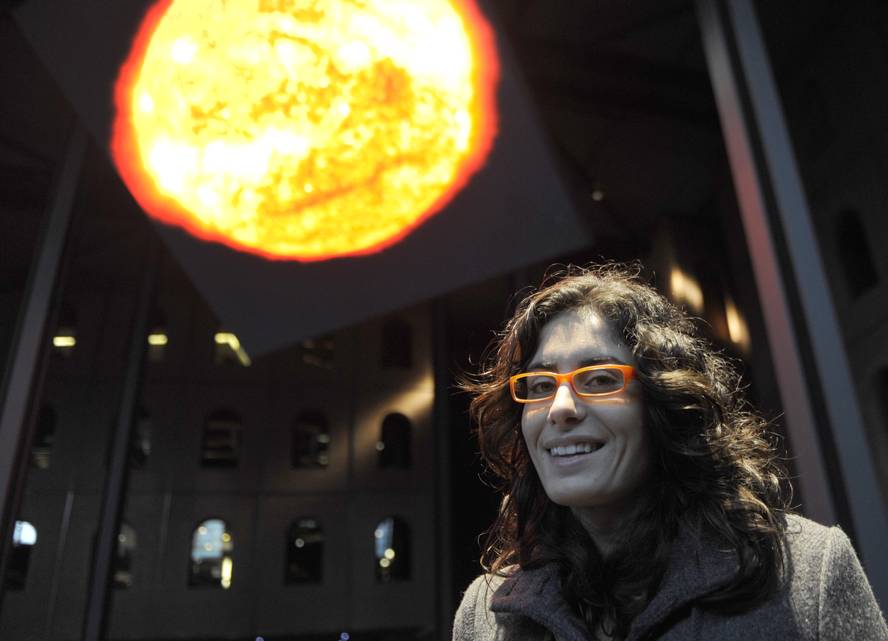UPV researchers propose that dark energy is dynamic

73% of the universe is dark energy. If dark energy did not exist, the gravitational pull by matter would slow the expansion of the universe, but observations indicate otherwise. Dark energy is responsible for the acceleration of the expansion of the universe and the understanding of its nature is the basis of studies carried out by UPV researcher Irene Sendra. Sendra is a researcher at the Department of Theoretical Physics and History of Science of the Faculty of Science and Technology.
Research starts from the hypothesis that dark energy can be dynamic. The most accepted model, Lambda-CDM, explains the acceleration of the universe through the cosmological constant. The state equation of this energy would have the constant -1 value in all the evolution of the universe. However, there are observations that this model does not explain. "We are looking for a dynamic dark energy, which changes over time, applying different models to the data of observations, acting with small perturbations and checking if they fit better than a constant," explains Sendra.
The mathematical tools and statistics allow to contrast the values and models that the observation proposes for the analyzed parameters. "Thus, through many iterations, we see what value the constants would have in our model. Now, the state equation of dark energy is almost -1, but there seems to have been an evolution since the past, although there is still a high percentage of errors in determining these values." According to Sendra's calculations, these data coincide with that dark energy is dynamic, which would change with the shift to red observed in the universe. And other unpublished results, in collaboration with the 2011 Nobel Prize in Physics, Adam Riess, which ratify this idea.
In Sendra's doctoral thesis, in addition to analyzing the state equation of dark energy, a new model has been proposed that connects dark energy with dark matter. As Sendra indicates, "it is possible that both are the same, that in one way or another depends on the context; we have explained the effect of both through a single component, and the observations give better results in this model than others that try to combine dark matter and energy."





